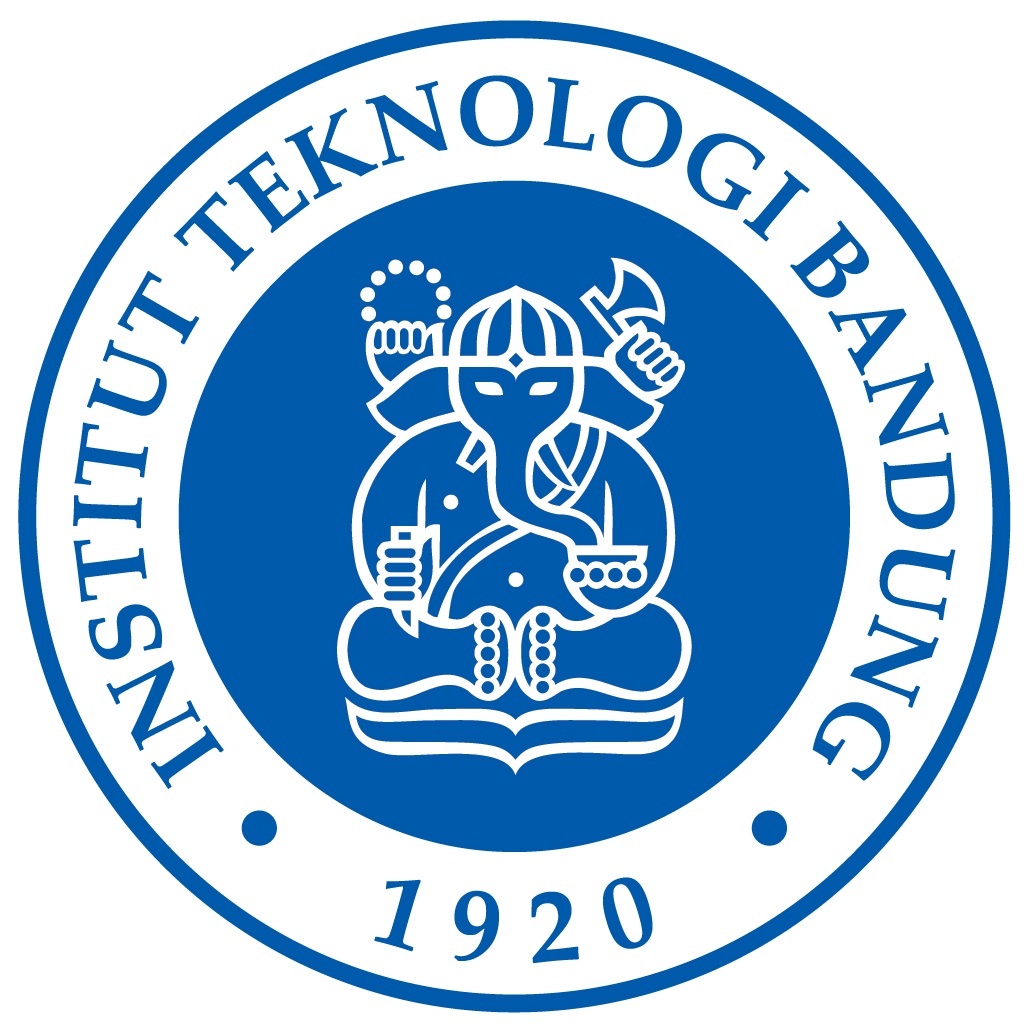

Mariana Marselina S.
Integrated watershed management prioritizes on-site watershed management, namely managing rainwater where it falls. One form of this management is Rainwater Harvesting (PAH). Rainwater Harvesting (PAH) is collecting rainwater locally and storing it for use to meet water needs. PAH can also be said to be the collection, storage and distribution of rainwater from the roof, for use inside or outside the house.
Rainwater Harvesting or PAH can be placed above or below the ground surface or also below house building adapted to land availability. PAHs that are placed on the ground surface have various advantages, such as being easy to collect or utilize water (drainage can be carried out using the gravity method) and being easier to maintain. The volume of rainwater storage used is adjusted to the roof area and local rainfall.
Ecologically, there are several reasons why rainwater harvesting is important for conservation, including reducing groundwater use and the potential for land subsidence, as an alternative a water source when fluctuating sources are experiencing a decline in quality (such as lakes and rivers during the rainy season), an economical water source choice when clean water sources are too far from the house, and a water source whose quality is relatively good compared to other sources which has the potential to be contaminated by industrial activities.
Rainwater Harvesting (PAH) is a simple and cheap project for providing water by collecting rainwater from roofs and storing it for use in meeting domestic, agricultural, industrial and environmental needs. Apart from domestic needs such as drinking and cooking water, water from PAHs can be used for irrigation, meeting urban water supplies, helping control water in rural and urban areas, for flushing toilets, washing, landscape maintenance, and also replenishing groundwater. In addition, harvesting rainwater can be one of the best methods to restore the hydrological cycle and make it possible to build sustainable cities. In urban environments, these rainwater harvesting systems are increasingly relied upon to reduce flooding and to provide additional water supplies. PAH is a process of interception, channeling water, and storing rainwater for future use (Quinn et al., 2020; Asnaning, et al., 2018; Joleha, et al., 2019). Based on various research that has been carried out previously, PAH activities are centered on the system's ability to supply water. Rainwater will be harvested from the roof to produce drinking water (Zang et al., 2021)
Rainwater Storage (PAH) is a container for collecting rainwater as raw water, which can be used individually or communally, and is equipped with a filter . During the dry season, wells dry out, river discharge decreases and causes river water to become more turbid, giving rise to various diseases. Apart from that, during the dry season a lot of time and energy is wasted collecting clean water, because water sources are usually located far from where you live (Puskim, 2014). Water demand problems can be overcome by utilizing water sources and rainwater. Collecting rainwater from the roof of the house is one way to get water. In houses with tile or corrugated iron roofs, it is easier to install gutters along the sides of the roof and channel rainwater into reservoirs.
In this activity, efforts will be made to disseminate information regarding the various benefits obtained from PAH construction, especially which has been completed in the Cimahi and Cianjur areas, West Java. This activity will focus on disseminating information on the benefits of PAH as a water conservation effort through various social media and also through discussion activities (Forum Group Discussion) with the community, especially in the West Java region. Campaign activities related to Rainwater Harvesting as a conservation effort and increasing the supply of clean water distribution were carried out in November 2024 in Mandalamekar Village, Cimenyan District, West Java Province. As we know, this area is included in the North Bandung area, namely the Bandung Basin conservation area.
Worshop or Campaign Activities, Publicity in Mass Media, Educational Videos related to Rain Water Harvesting, Instagram Compilation of Campaign Activities
"Increase public understanding of practical water conservation solutions to reduce surface water runoff in Mandalamekar Village. Strengthen community commitment to utilize rainwater resources as an alternative water source in Mandalamekar Village with high rainfall potential. "